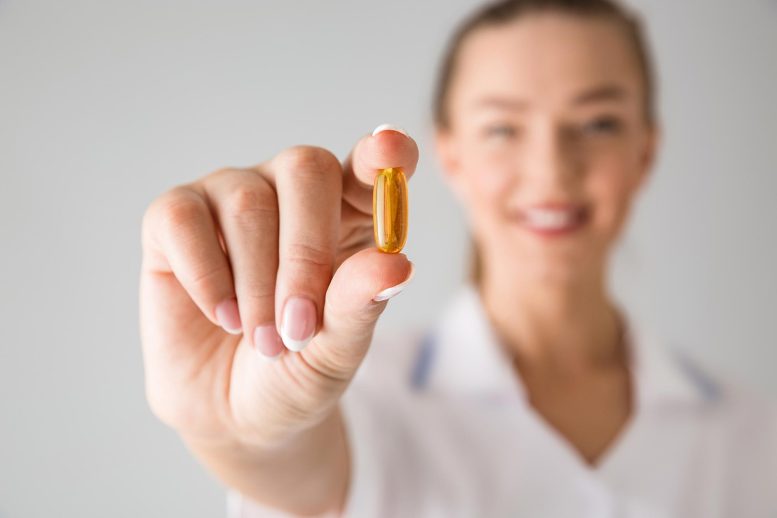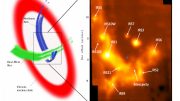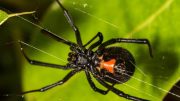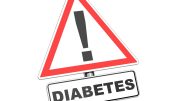
A recent study reveals that some supplement companies might be misleading customers by making unproven health claims and adding undeclared ingredients. The research focused on dietary supplements used during the COVID-19 pandemic, utilizing DNA barcoding to examine the authenticity of Ayurvedic herbs. The findings indicate significant discrepancies in ingredient listings and highlight concerns about quality control and potential health risks from undeclared substances.
A recent study published in the Analytical Science Journal by Professor Rosalee Hellberg of the Schmid College of Science and Technology, along with students Calin Harris, Diane Kim, Miranda Miranda, and Chevon Jordan, exposes that some supplement companies could be deceiving customers with unsupported health claims and undisclosed ingredients.
The researchers focused on supplements that have been associated with the purported treatment or prevention of COVID-19 and other respiratory illnesses. During the pandemic, the use of dietary supplements skyrocketed throughout the world. “There was a big spike in purchase and use of these types of supplements during the pandemic,” Hellberg said. “Whenever there’s an increase in demand, there’s also an increased chance for fraud to occur.”
Methodology of the Research
The Chapman team collected 54 supplements containing Ayurvedic herbs, which refers to alternative medicine originating from India. They specifically chose herbs that had been used for the purported treatment of COVID-19. These included ashwagandha, cinnamon, ginger, turmeric, tulsi, vacha, amla, guduchi and tribulus. All products were purchased online and from local retailers in Orange and Los Angeles counties, CA.
The researchers analyzed whether they could use DNA barcoding techniques to identify plant species in supplements to determine the authenticity of the products. DNA barcoding is a method that allows scientists to use a short section of a DNA sequence to identify the species of an organism.
Study Findings and Implications
The results of the study revealed several concerns indicating a need for increased scrutiny of these products. In 60% of the products, the researchers did not detect the expected ingredient. However, Hellberg did not explicitly pin these results on fraud. The DNA barcoding method, because it’s being utilized in a novel way, may have a limited ability to detect degraded DNA. Therefore, a negative result does not necessarily prove the absence of the species in the product.
Another limitation of the DNA barcoding method is it doesn’t reveal the quantity of the detected species of ingredients. Additional research would be necessary to verify the amount of each, Hellberg said.
“If the ingredients were present at a higher amount, that is where the concerns can arise,” Hellberg said. “Also, any time you’re detecting things that aren’t on the label, that can indicate some quality control issues. That could also suggest that there are other health risks going on or maybe things aren’t being handled properly.”
The researchers also uncovered 19 products with undeclared plant species. Rice and a few other materials were used as common fillers. They also identified other Ayurvedic herbs that were not listed on labels.
“So these could be used in a fraudulent manner,” Hellberg said. “Instead of having 100% of the declared species on the label, some manufacturers might mix in filler because it’s cheaper.
With undeclared species and ingredients in supplements, consumers could ingest substances that cause allergic reactions and other health risks. However, it isn’t clear from the study how high the risk would be because the researchers were not able to detect the amount of each ingredient.
“If the ingredients were present at a higher amount, that is where the concerns can arise,” Hellberg said. “Also, any time you’re detecting things that aren’t on the label, that can indicate some quality control issues. That could also suggest that there are other health risks going on or maybe things aren’t being handled properly.”
Reference: “DNA barcoding of herbal supplements on the US commercial market associated with the purported treatment of COVID-19” by Calin M. Harris, Diane Y. Kim, Chevon R. Jordan, Miranda I. Miranda and Rosalee S. Hellberg, 15 January 2024, Phytochemical Analysis.
DOI: 10.1002/pca.3320









” In 60% of the products, the researchers did not detect the expected ingredient. However, Hellberg did not explicitly pin these results on fraud. The DNA barcoding method, because it’s being utilized in a novel way, may have a limited ability to detect degraded DNA. Therefore, a negative result does not necessarily prove the absence of the species in the product.”
Given the above, it is difficult to put any stock in the conclusions of this article.
I would say from direct experience, that I would be careful with any drugs or ointments from India, especially if you need them to be sterile.
Eating a balanced diet will give you all the nutrients your body needs. These “supplements” are a waste of money and are usually water soluble are are excreted from your body in your urine. People like the disgraced hoax promoter Alex Jones exploited the COVID-19 epidemic and made millions of dollars selling nutritional supplements to his audience by making scientifically impossible claims about the substances!
I am worried that SciTechDaily writers have no awareness of what they are writing. As pointed out by the two above commenters, there is no reason to believe any of this article or the clowns in the Chapman Team. They fully admit they used a flawed DNA detection method.